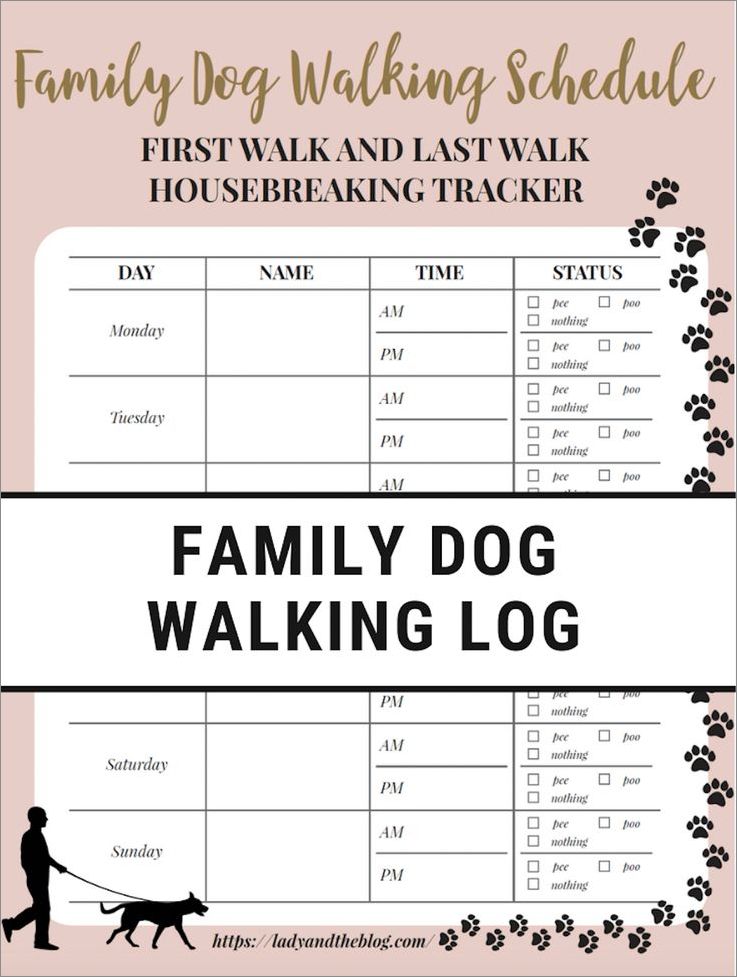As a dog owner, one of the most important responsibilities you have is ensuring that your furry friend is on a consistent and well-rounded schedule. A dog’s schedule helps provide structure and routine, which can greatly contribute to their overall well-being.
In this article, we will explore the various aspects of a dog’s schedule, including feeding, exercise, playtime, training, and sleep. By following these guidelines, you can create the ultimate dog schedule that will keep your pup happy and healthy.
Why is a Dog Schedule Important?
A dog schedule is important for several reasons. Firstly, it provides structure and routine, which dogs thrive on. Dogs are creatures of habit and having a predictable schedule helps them feel secure and comfortable in their environment. Additionally, a dog schedule ensures that your pup’s basic needs, such as food, exercise, and sleep, are met consistently. This is crucial for their physical and mental well-being.
Furthermore, a dog schedule can help prevent behavioral problems. When dogs have a set routine, they are less likely to engage in destructive behaviors or exhibit signs of anxiety. A schedule also provides an opportunity for you to bond with your dog through activities such as training and playtime. Overall, a well-planned dog schedule is essential for a happy and healthy pup.
What Should a Dog Schedule Include?
A comprehensive dog schedule should include the following components:
1. Feeding
Dogs should be fed at regular intervals throughout the day. The number of meals and portion sizes will depend on your dog’s age, size, and breed. Puppies generally require more frequent feedings compared to adult dogs. It’s important to provide a balanced and nutritious diet that is appropriate for your dog’s specific needs. Consult with your veterinarian to determine the best feeding schedule and diet for your pup.
2. Exercise
Regular exercise is essential for a dog’s physical and mental well-being. The amount and type of exercise will vary depending on your dog’s age, breed, and health condition. Some dogs may require more vigorous exercise, such as running or playing fetch, while others may prefer shorter walks or indoor activities. Aim for at least 30 minutes to an hour of exercise every day.
3. Playtime
Playtime is not only fun for your dog, but it also provides mental stimulation and helps strengthen the bond between you and your pup. Engage in interactive play sessions with toys, puzzles, or games that challenge your dog’s problem-solving skills. This is also a great opportunity to reinforce training commands and teach new tricks.
4. Training
Training sessions should be included in your dog’s schedule to promote good behavior and obedience. Dedicate time each day for training exercises, focusing on basic commands such as sit, stay, and come. Use positive reinforcement techniques, such as treats or praise, to reward your dog for their efforts. Consistency is key when it comes to training, so be patient and persistent.
5. Sleep
Dogs require plenty of restful sleep to recharge and rejuvenate. Create a comfortable and quiet sleeping area for your dog, whether it’s a designated dog bed or a crate. Establish a bedtime routine that signals to your pup that it’s time to wind down. Avoid disturbances during sleep, such as loud noises or bright lights. Most adult dogs need around 12 to 14 hours of sleep per day, while puppies may require up to 18 hours.
6. Socialization
Regular socialization is crucial for dogs to develop good behavior and become well-adjusted members of society. Plan playdates with other friendly dogs or visit dog parks where your pup can interact with new people and animals. Exposing your dog to different environments, sights, and sounds will help them feel more confident and reduce the likelihood of fear or aggression.
7. Grooming
Depending on your dog’s breed, grooming may be a necessary part of their schedule. This includes brushing their coat, trimming their nails, cleaning their ears, and maintaining dental hygiene. Regular grooming not only keeps your dog looking their best but also helps prevent health issues such as matting, infections, and dental problems.
Sample Dog Schedule
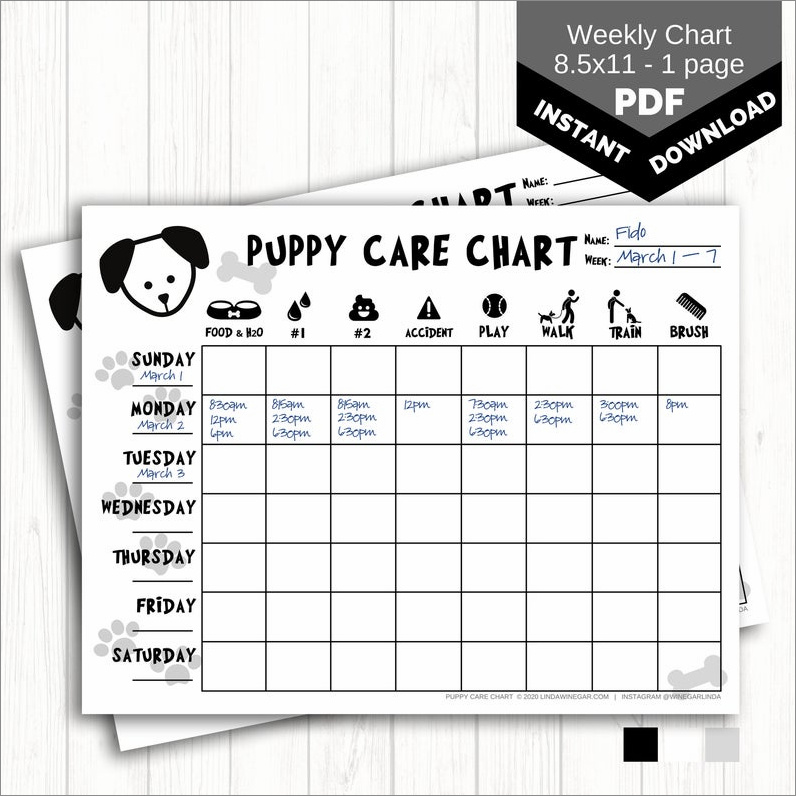
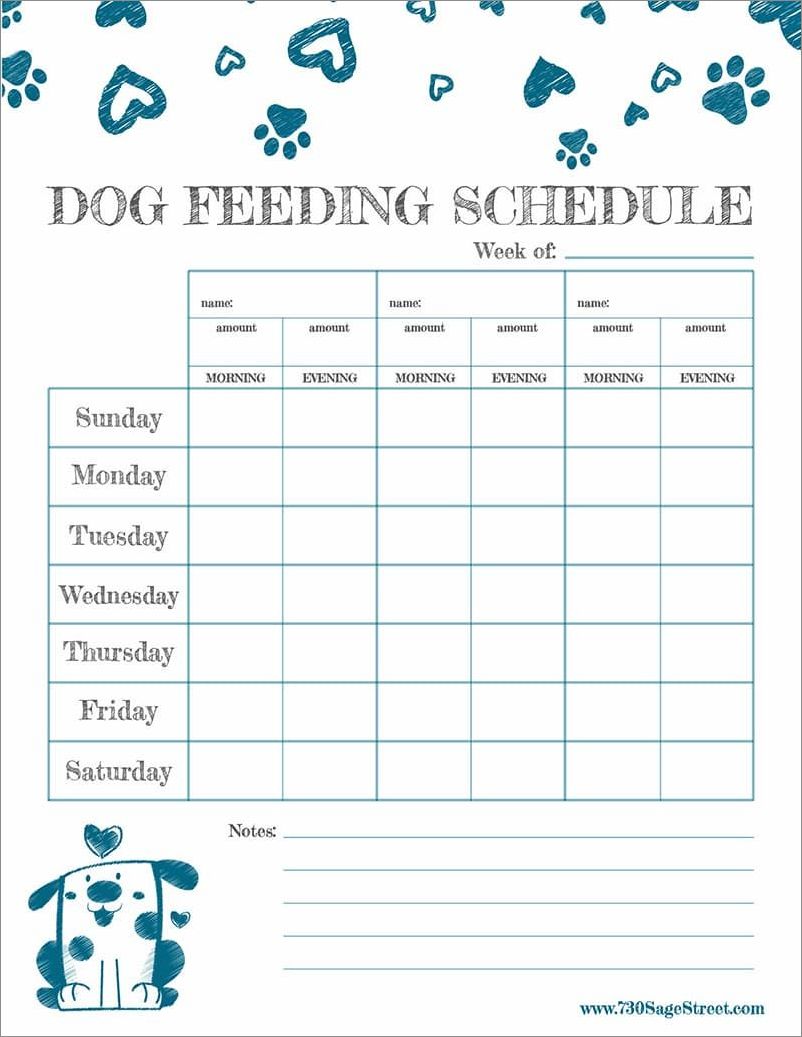
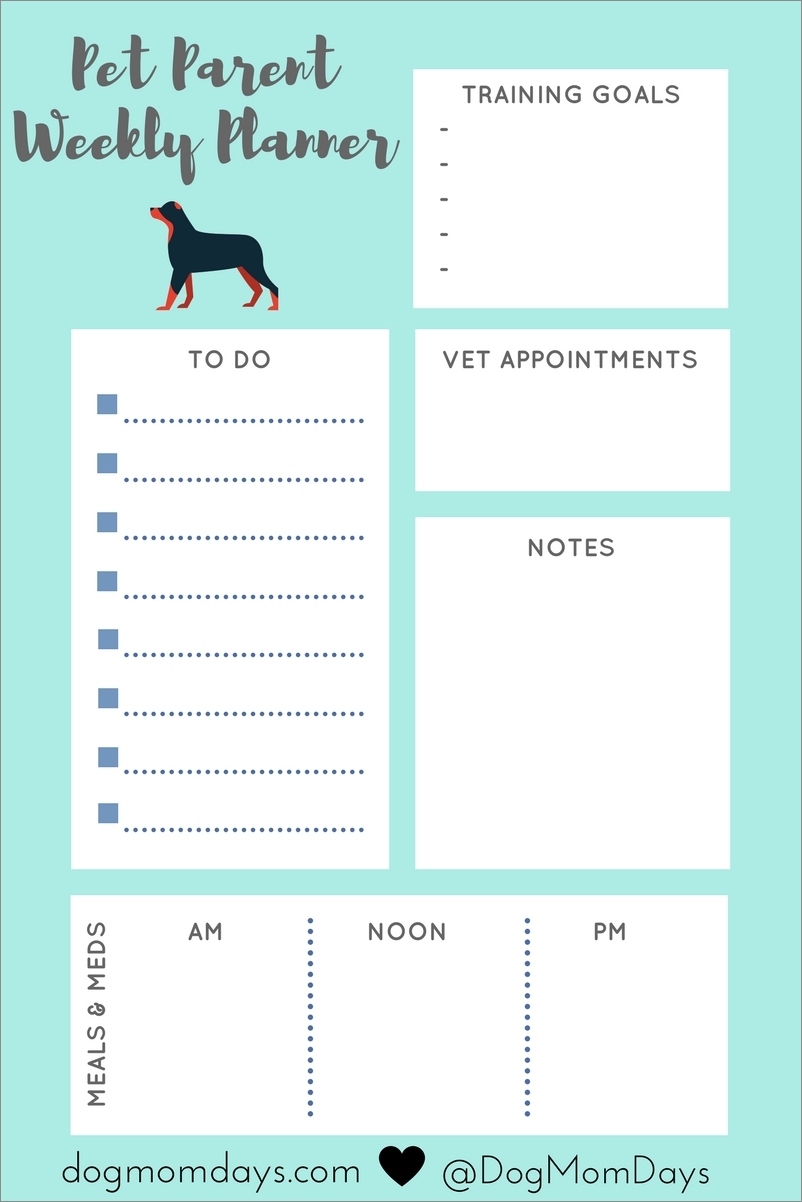
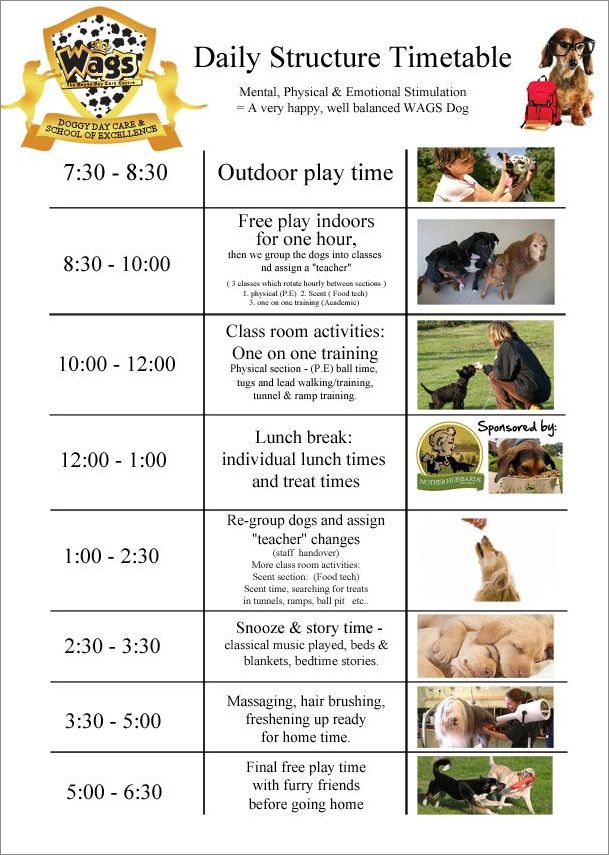
Here’s an example of a dog schedule that you can use as a starting point for creating your own:
- 7:00 AM – Wake up and outdoor bathroom break
- 7:30 AM – Breakfast
- 8:00 AM – Morning walk or playtime
- 9:00 AM – Training session
- 10:00 AM – Nap time
- 12:00 PM – Outdoor playtime
- 1:00 PM – Lunch
- 2:00 PM – Interactive play session
- 3:00 PM – Nap time
- 5:00 PM – Evening walk or playtime
- 6:00 PM – Dinner
- 7:00 PM – Training session
- 8:00 PM – Relaxation time
- 9:00 PM – Bedtime
Conclusion
A well-structured dog schedule is essential for keeping your furry friend happy and healthy. By providing a consistent routine that includes feeding, exercise, playtime, training, sleep, socialization, and grooming, you can ensure that your dog’s physical and mental needs are met. Remember to tailor the schedule to your dog’s specific requirements and consult with your veterinarian for any additional guidance. With a well-planned dog schedule, you can create a harmonious and fulfilling life for both you and your beloved pup.
Dog Schedule Template Excel – Download
